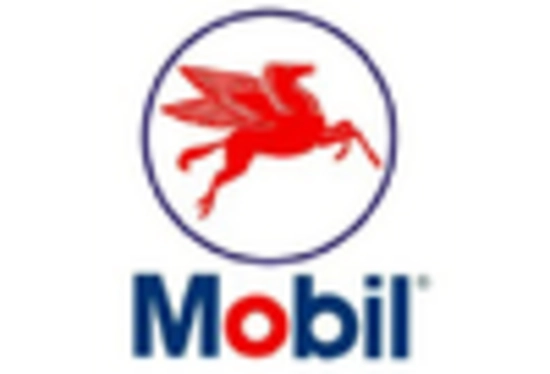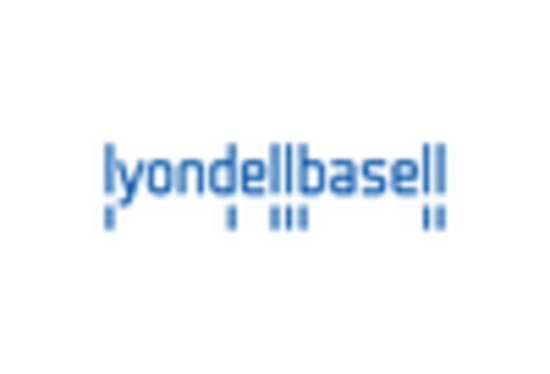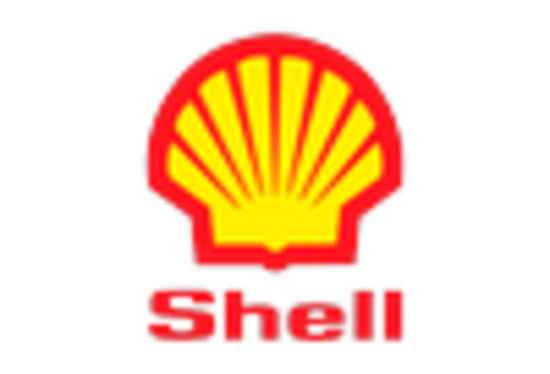Market Trends
Key Emerging Trends in the Isopropyl Alcohol Market
In recent years, the market trends of isopropyl alcohol (IPA) have seen significant fluctuations, influenced by various factors ranging from global economic conditions to shifts in consumer behavior and industrial demand. Isopropyl alcohol, a versatile chemical compound primarily used as a solvent, disinfectant, and cleaning agent, has witnessed a surge in demand, particularly amid the COVID-19 pandemic. One of the key drivers of this trend has been the heightened emphasis on hygiene and sanitation, leading to increased consumption of IPA-based products such as hand sanitizers and disinfectant wipes.
The advanced technologies in the production empower the industry with higher yield rates and production of high-purity grades which allows increasing the growth of the Isopropyl Alcohol Market.
Moreover, the pharmaceutical and healthcare sectors have emerged as major contributors to the growing demand for isopropyl alcohol. With its antiseptic properties, IPA is extensively used in the manufacturing of pharmaceuticals, medical devices, and hospital disinfectants. The rise in healthcare expenditure globally, coupled with the increasing focus on infection control measures, has propelled the demand for IPA in these sectors.
Additionally, the electronics industry has been a significant consumer of isopropyl alcohol. IPA serves as a crucial solvent for cleaning electronic components, removing flux residues, and ensuring the reliability of electronic devices. As the electronics market continues to evolve with advancements in technology and the proliferation of electronic gadgets, the demand for IPA in this sector is expected to remain robust.
However, despite the overall growth in demand, the isopropyl alcohol market faces challenges, particularly concerning raw material availability and pricing volatility. Isopropyl alcohol is primarily derived from propylene, a petrochemical feedstock whose availability and pricing are subject to fluctuations in the oil and gas industry. Moreover, environmental regulations and sustainability concerns surrounding petrochemical extraction and production processes pose additional challenges for the isopropyl alcohol market.
In response to these challenges, manufacturers are increasingly exploring alternative sources of isopropyl alcohol, such as bio-based or renewable feedstocks. Bio-based IPA, derived from sources like sugarcane or corn, offers a more sustainable and environmentally friendly alternative to traditional petrochemical-based IPA. However, the scalability and cost-effectiveness of bio-based IPA production remain areas of ongoing research and development.
Furthermore, the isopropyl alcohol market is witnessing geographical shifts in production and consumption patterns. While traditionally dominated by regions like North America and Europe, the Asia-Pacific region has emerged as a prominent market for isopropyl alcohol, driven by rapid industrialization, urbanization, and increasing healthcare expenditure. Countries like China, India, and Japan are among the key contributors to the growth of the IPA market in the Asia-Pacific region.

















Leave a Comment